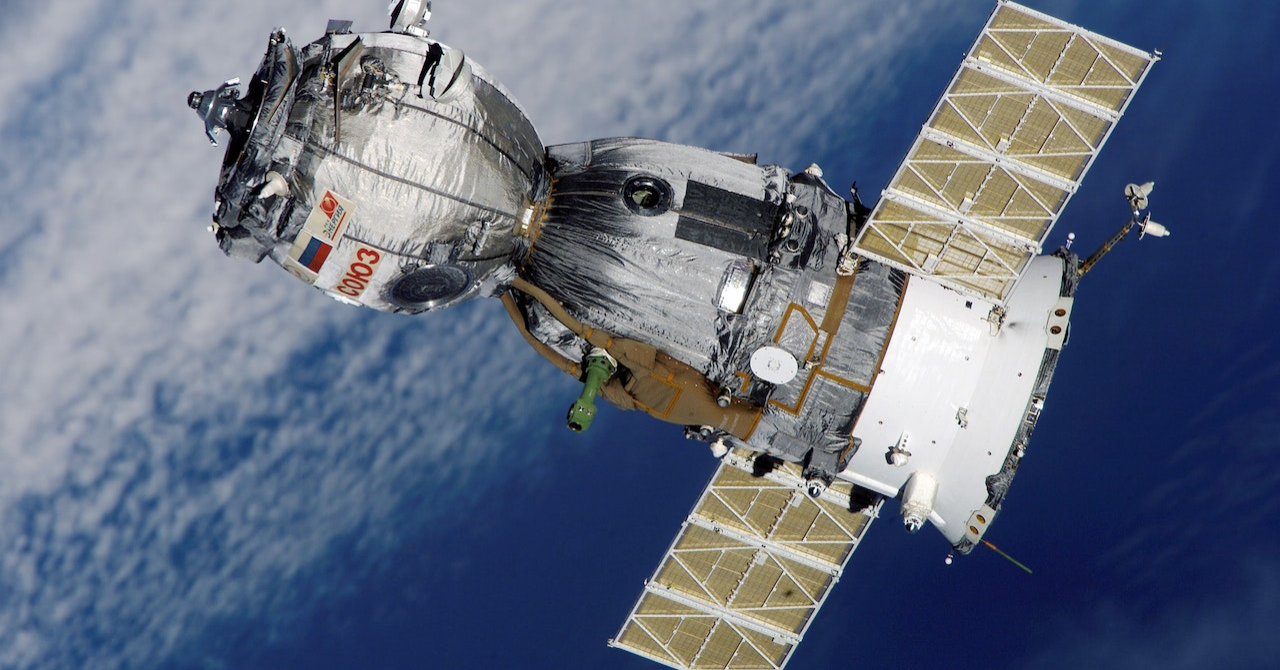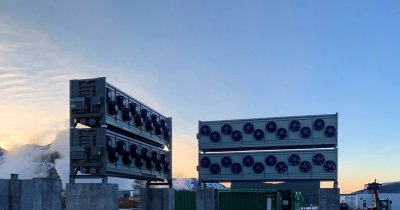According to Smithsonian Magazine, the facilities and infrastructure that emit large amounts of methane sit in Asia, the Middle East and southern US, according to NASA experts.
David Thompson, NASA’s instrument scientist for the project, said that "it’s a unique capability that will raise the bar on efforts to attribute methane sources and mitigate emissions from human activities."
The detector's purpose isn't even finding methane sources, but rather dust minerals in the world's deserts.
Robert Green, principal researcher that works with the new deice, said that "it turns out that methane also has a spectral signature in the same wavelength range, and that’s what has allowed us to be sensitive to methane."
One of the methane sources that was previously unknown to science lays in the desert of New Mexico, scientists report.
The device, called the Earth Surface Mineral Dust Source Investigation (EMIT), also detected 12 sources of methane at oil and gas infrastructures in Turkmenistan, some being longer than 32 kilometers and together, they release around 50 tons of methane per hour.
"We are really only scratching the surface of EMIT’s potential for mapping greenhouse gases", said Andrew Thorpe, a research technologist at NASA’s Jet Propulsion Laboratory.
Despite staying in the atmosphere for around 20 years, methane emissions have the potential to heat the planet up 80 times more than CO2.
 Mihai - Cristian Ioniță
Mihai - Cristian Ioniță












Any thoughts?